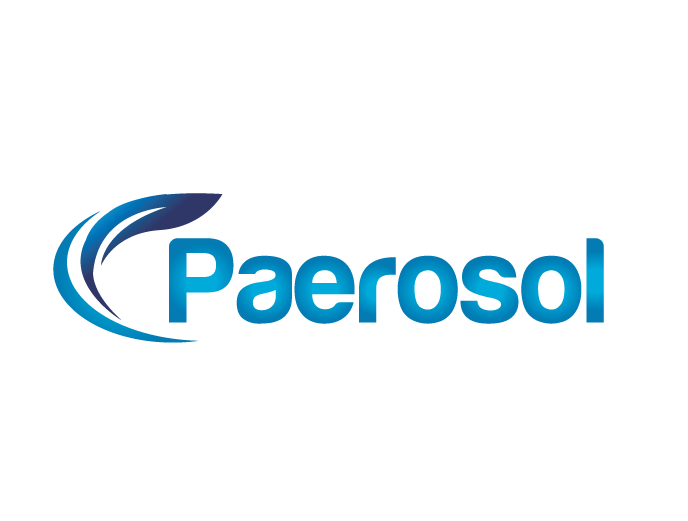For decades doctors and scientists raised the alarm that the overuse of antibiotic drugs would result in drug resistance. The medications we count on will no longer treat dangerous, life-threatening bacteria. Development of new antibiotic drugs capable of killing these “superbugs” is slow to come to market, with only 6 of 27 antibiotics in development showing promise for those difficult and resistant cases. This accelerated resistance to current medications makes it necessary to speed the development and testing of new drugs.
Drug resistant bacteria have become so common that the Centers for Disease Control estimates 2.8 million people experience drug-resistant infections in the United States. More than 5 million people die worldwide each year because of antibiotic resistance. This global health threat from resistance to both antibiotics and antifungals presents a challenge that cannot be solved with new treatments alone, but in conjunction with prevention.
Recent studies examining antimicrobial resistance in patients with bacterial infections show surprising insights into how bacteria adapt to treatment. Patients infected with multiple strains of a pathogen (as opposed to one strain), develop antimicrobial resistance to the pathogens that survive the treatment. This multi-strain infection is uncommon, and the best way to prevent infection is to improve hygiene and sanitation.
Antimicrobial Products
Antimicrobial agents are substances used to cure and prevent infections. These substances are used for humans as well as livestock and crops. Each is categorized by the pathogen it fights: antibiotics treat bacteria, antivirals fight viruses, antifungals stop fungus, and anti-parasitics kill parasites. The placement of bacteria or microbes in multiple antimicrobial environments will allow the bacteria to adapt and develop resistant genes.
Antibiotic Overuse
Antibiotic resistance comes because of overuse, when antibiotics are used even if it’s not the appropriate treatment. It has become more difficult to treat common ear, sinus, and skin infections because bacteria are no longer responsive to common medications. Common misconceptions about treatment persist, even though antibiotics are only effective in treating bacteria (living organisms) and not viruses (not living organisms).
Antibiotics are often over-prescribed when it’s not clear what kind of illness is causing the symptoms. Having a sore throat could be caused by either bacterium or a virus, and when it’s unclear, many fall back on requesting a prescription instead of letting a virus run the course. Using antibiotics too often or for the wrong reasons has the potential to change bacteria entirely, making them immune to the existing medications.
Antibiotic overuse in feed additives for livestock contributes to create antimicrobial resistance. While this addition may keep animals healthy, it also promotes bacteria adaptation.
The Environment
Environmental changes affect the instance of infections, making our need for antimicrobial treatments greater. A change in water levels or precipitation are enough to change the pathogens that infect humans and livestock. Flooded areas experience new and greater levels of pathogens that contaminate groundwater, where drought can bring pathogens to the surface. Animal migration also affects the rates of infection when climate change causes a shift in populations.
Low-income countries face challenges in how they use antibiotics. Many countries lack access to common testing that helps to identify illness, and since antibiotics are more readily available, they are used without hesitation. Hygiene and lack of clean water also cause greater instances of illness, where vaccination programs are needed to prevent these same infections.
Cost of Treatment
Even though first line antibiotic treatments are inexpensive, the far greater cost is when those treatments are no longer viable. Longer stays in the hospital become necessary when antibiotic treatments don’t work. The cost of treatment grows if the more potent second- and third-line antibiotic treatments are prescribed. Antimicrobial resistance puts at-risk patients undergoing chemotherapy or surgery in greater danger with weakened immune systems and fewer options to fight infection.
Take Action
The CDC recommends three paths to combat antimicrobial resistance:
- Try to prevent infections
- Refine use of antibiotics and antifungals
- Confine the spread of resistance when identified
The Paerosol platform can prevent the spread of infection using technology that kills air and surface-borne bacteria and viruses. Paerosol disinfects with 99.999% effectiveness using an all-natural and non-toxic solution of Hypochlorous acid, or HOCL. Because HOCL occurs naturally in the human body, Paerosol is a safe option for humans and animals.
Paerosol’s unique technology is available as a liquid spray or a diffused product, able to treat air, land, and water. Because of the versatility of application, Paerosol serves several industries including hospitals, residential and commercial facilities, educational institutions, hotels, airlines, along with agricultural and livestock operations.
Preventing infection by treating your space with Paerosol will help to slow antimicrobial resistance worldwide.
Visit the Paerosol website to learn more: http://box2111.temp.domains/~nabashtw/paerosol.com/
